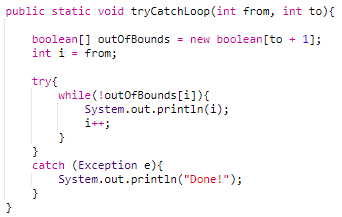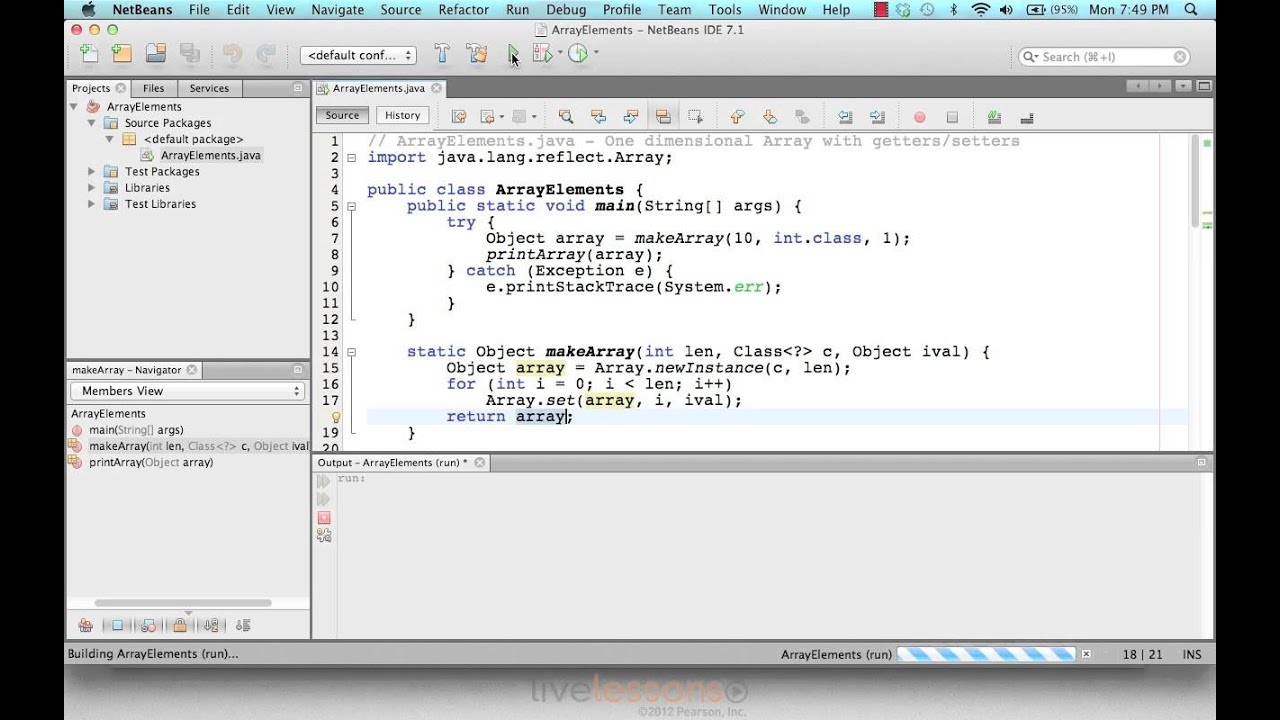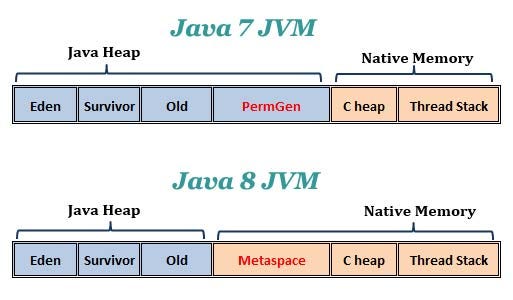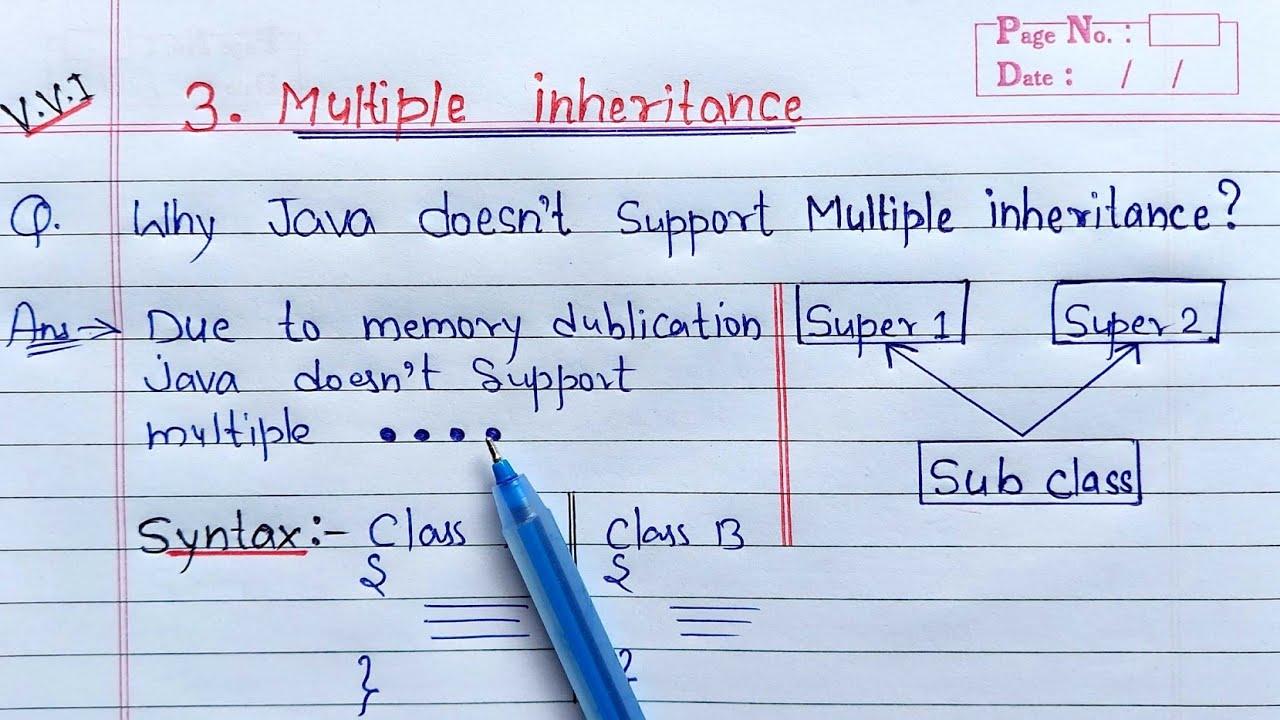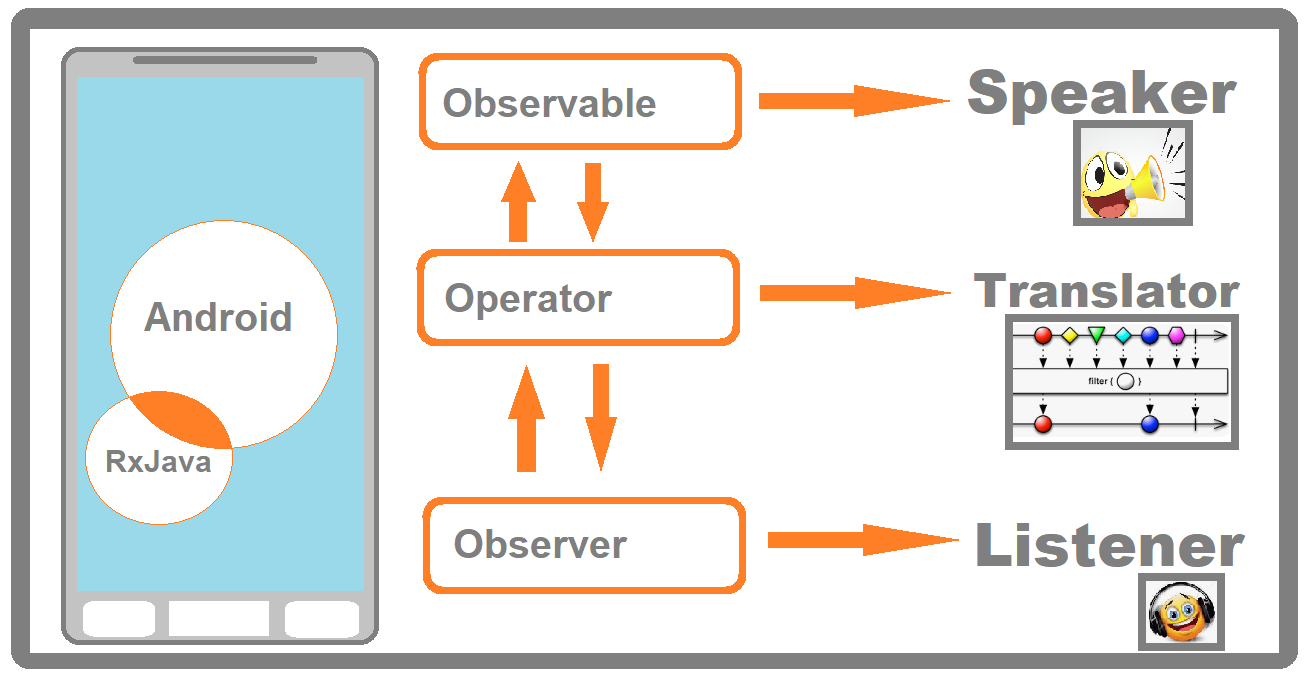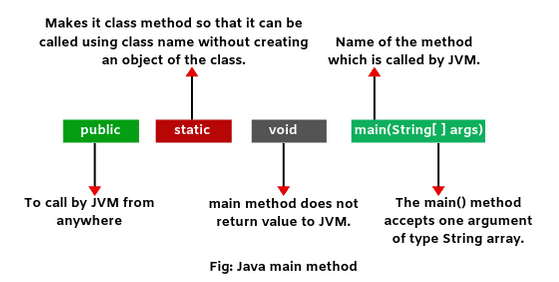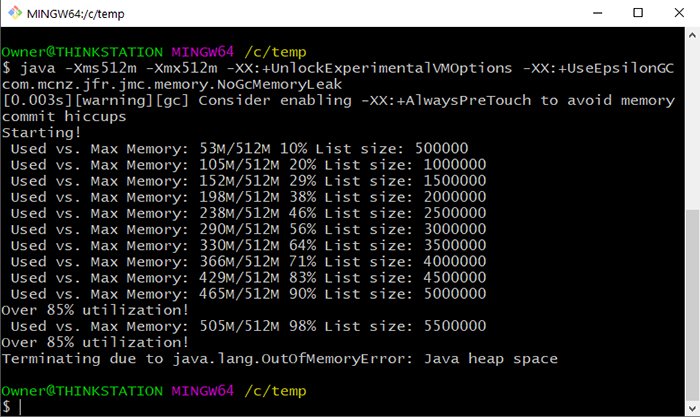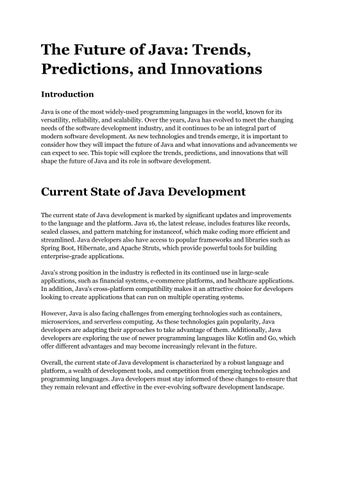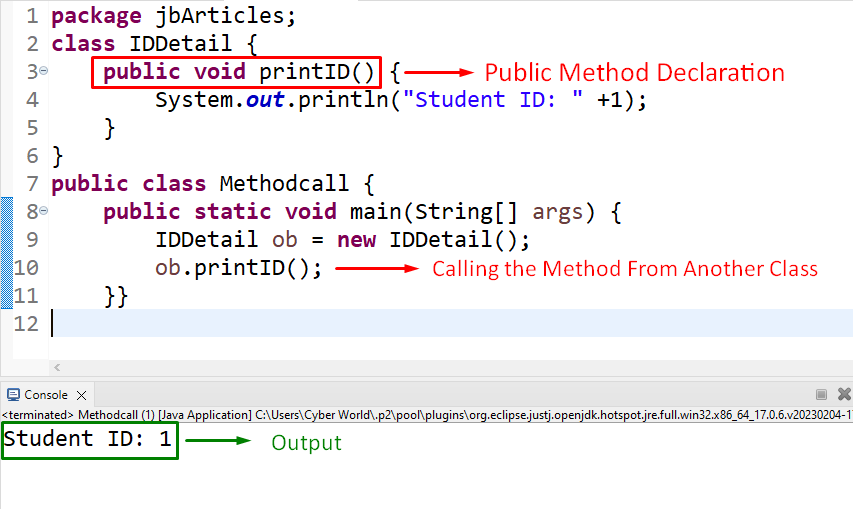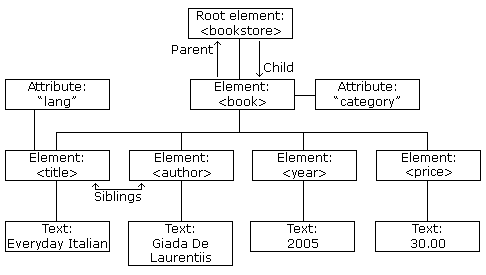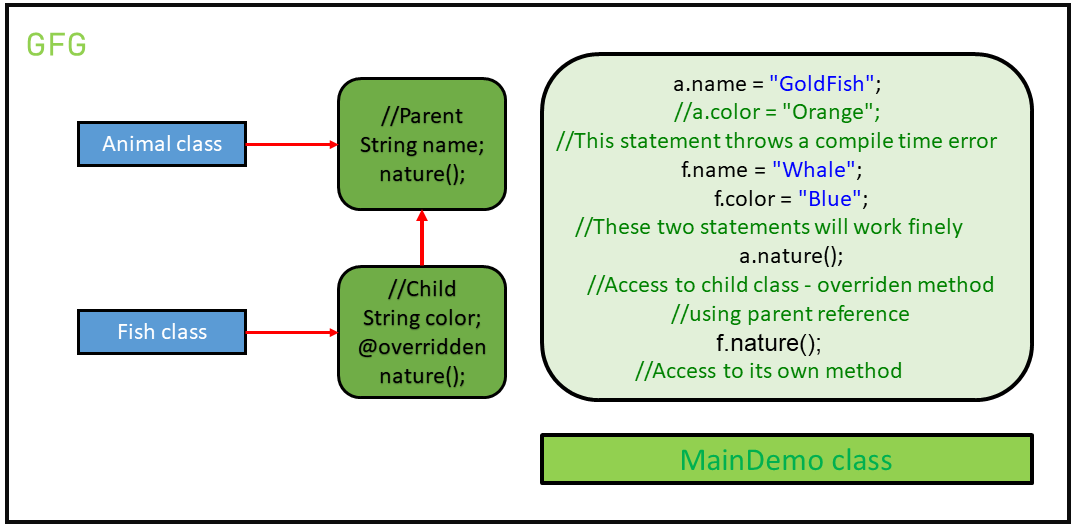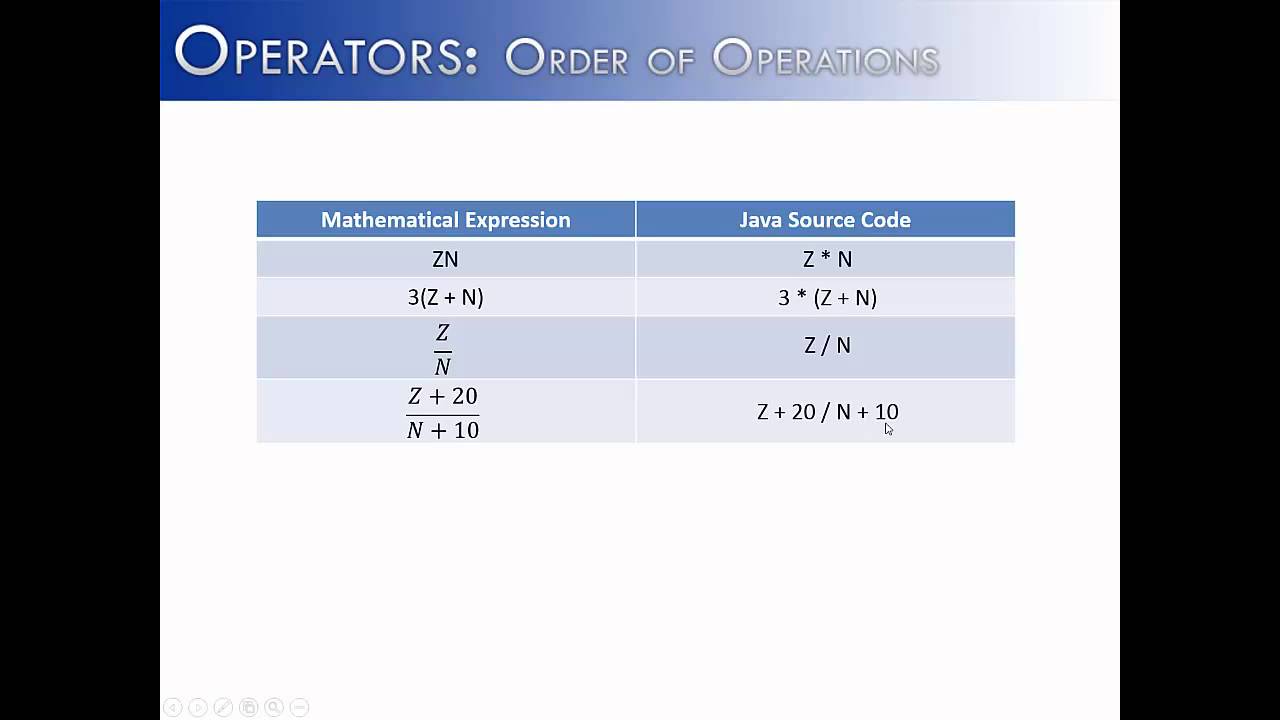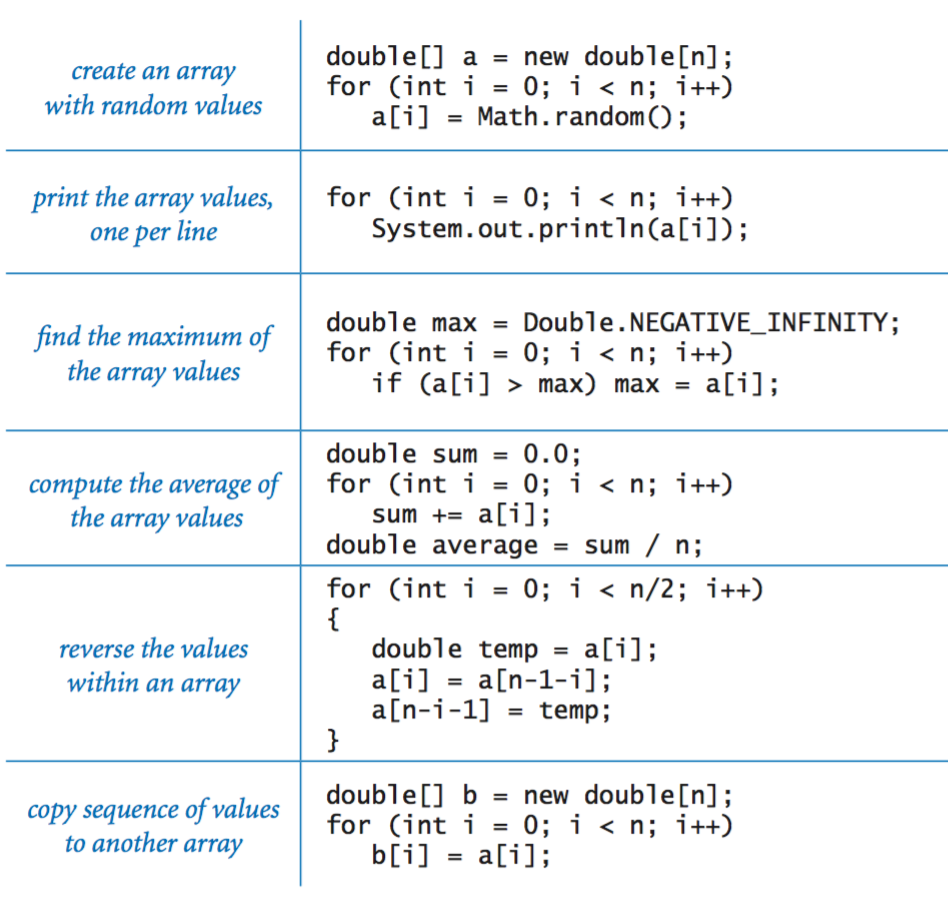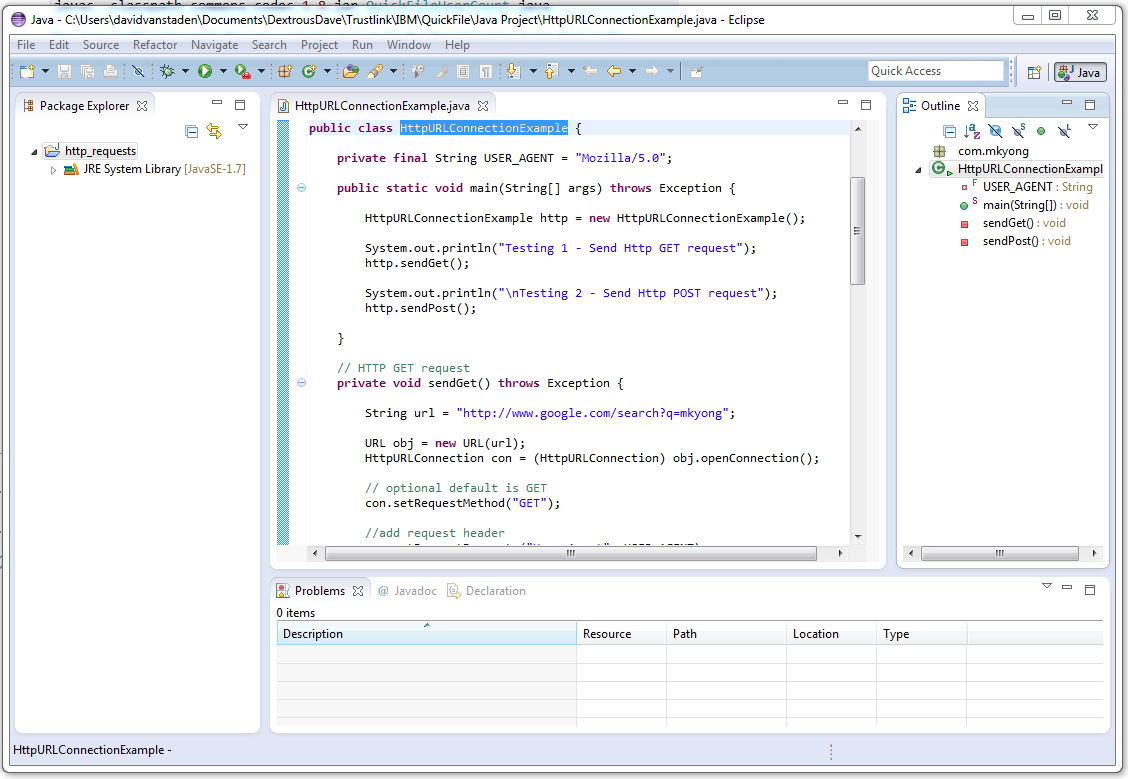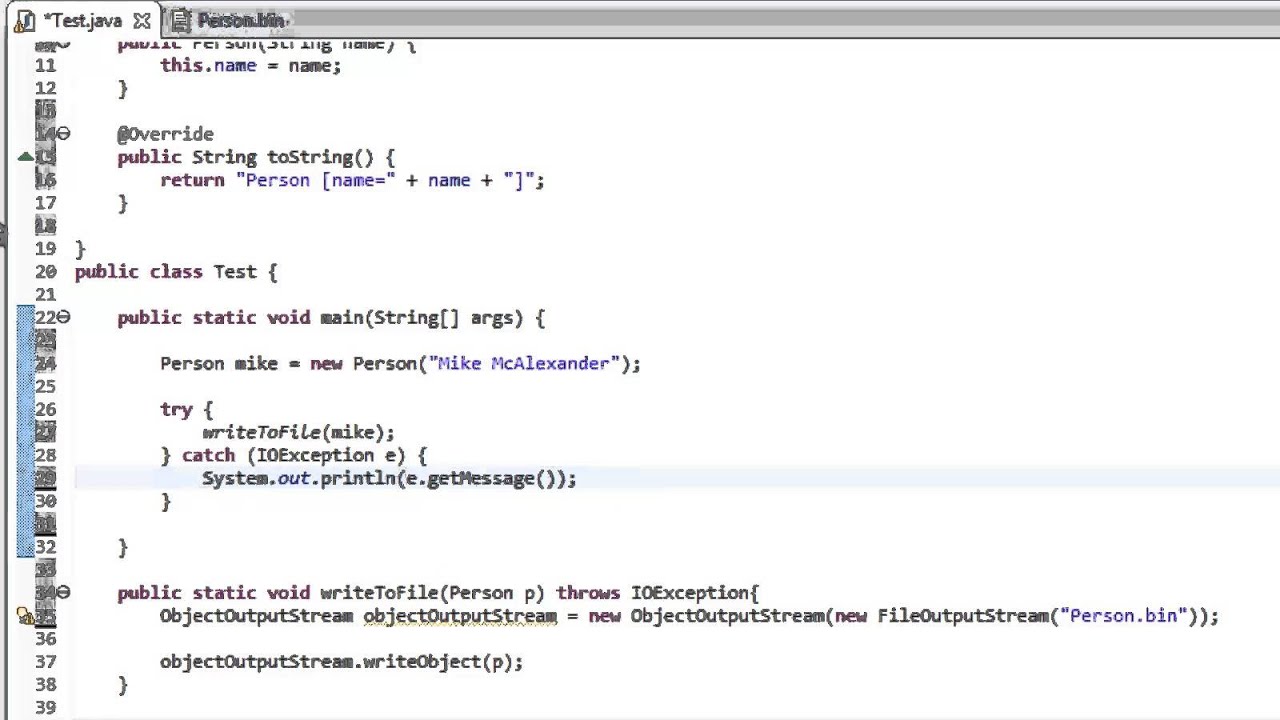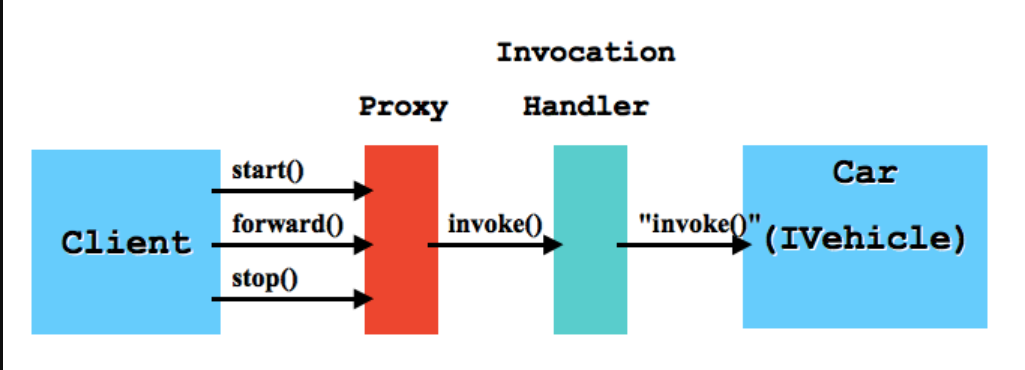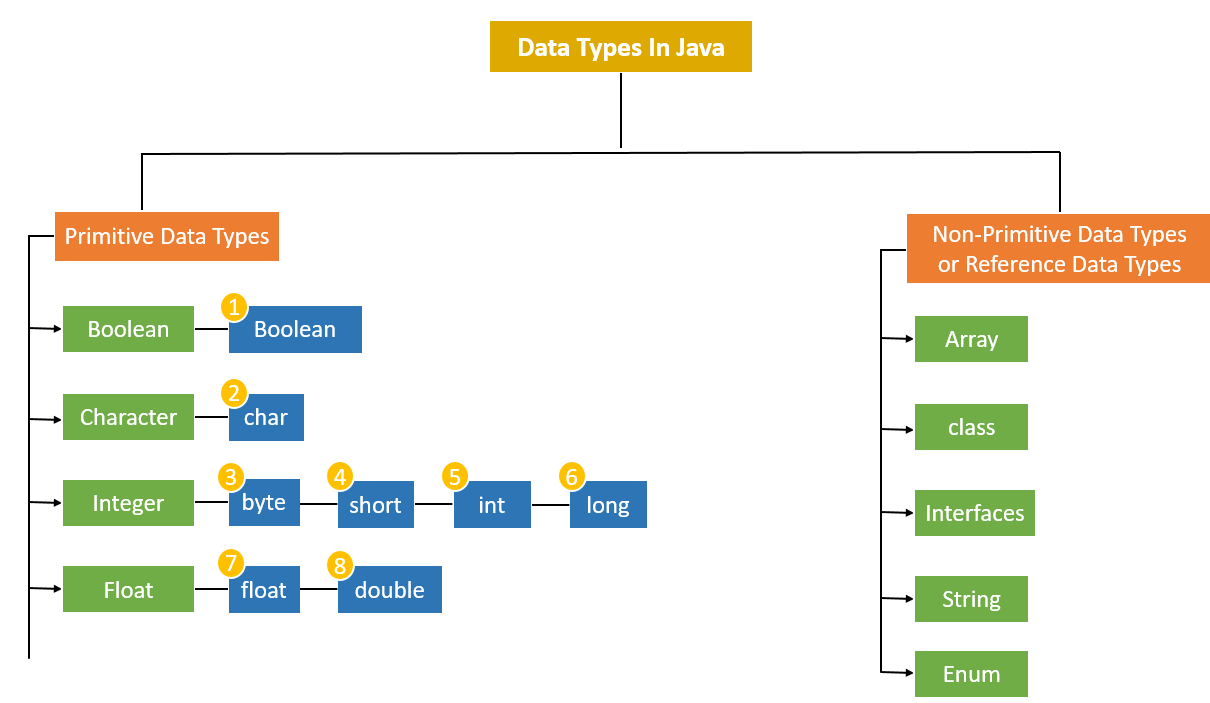When to use thread safe in java with example
When to use thread safe in java with example
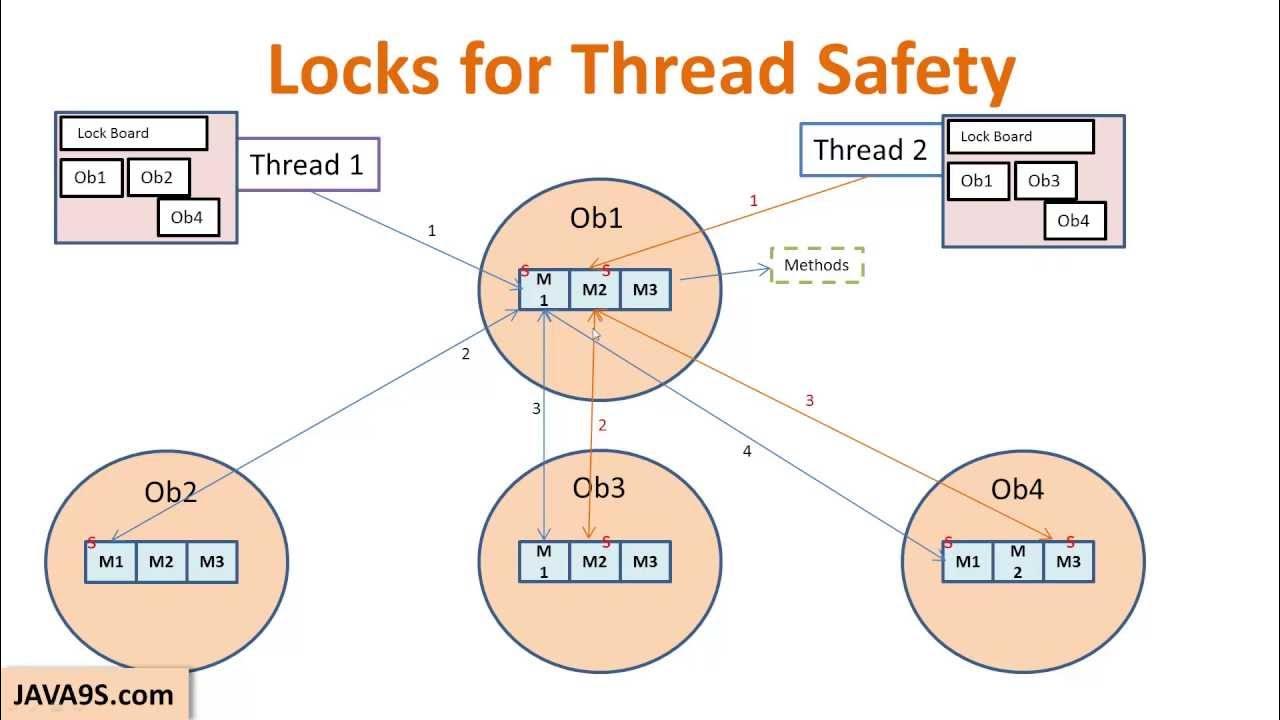
I'd be happy to help!
In Java, the synchronized keyword is used to make a block of code thread-safe. This means that only one thread can execute this block of code at any given time, preventing concurrent access and potential issues.
Here are some situations where you would use thread-safe in Java:
synchronized blocks.
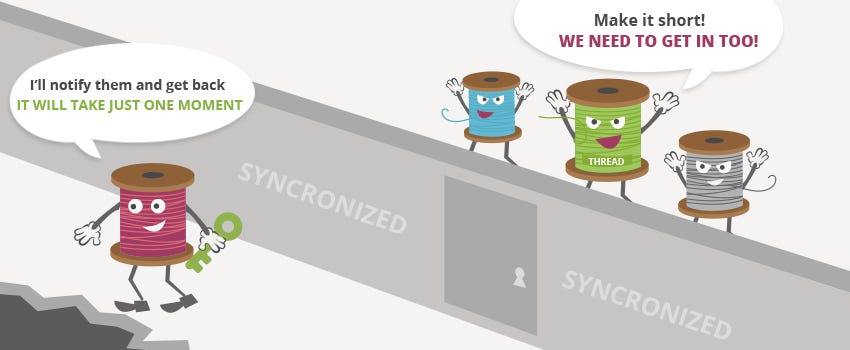
thread-safe code to prevent inconsistencies and ensure that updates are made atomically. For example, when updating a counter variable that's accessed concurrently by multiple threads.
Here's an example of how you could use synchronized to make a method thread-safe:
class Counter {
private int count = 0;
public void increment() {
// This code is not thread-safe!
count++;
}
public synchronized void safeIncrement() {
// This code is thread-safe!
count++;
}
}
In the increment() method, multiple threads can update the count variable simultaneously, leading to incorrect results. By using synchronized, you ensure that only one thread can execute this block of code at a time, preventing concurrent access and ensuring accurate updates.
Another example is with Java's built-in atomic operations:
class AtomicCounter {
private AtomicInteger count = new AtomicInteger(0);
public void increment() {
// This code is thread-safe!
count.incrementAndGet();
}
}
In this case, the AtomicInteger class provides a thread-safe way to update the counter variable.
To summarize:
Usesynchronized blocks when multiple threads need to access shared resources or update shared variables. Use Java's built-in atomic operations (e.g., AtomicInteger) for thread-safe updates. When designing concurrent programs, remember that thread safety is crucial to avoid inconsistencies and potential issues.
Hope this helps!
Why is thread-safe in Java?
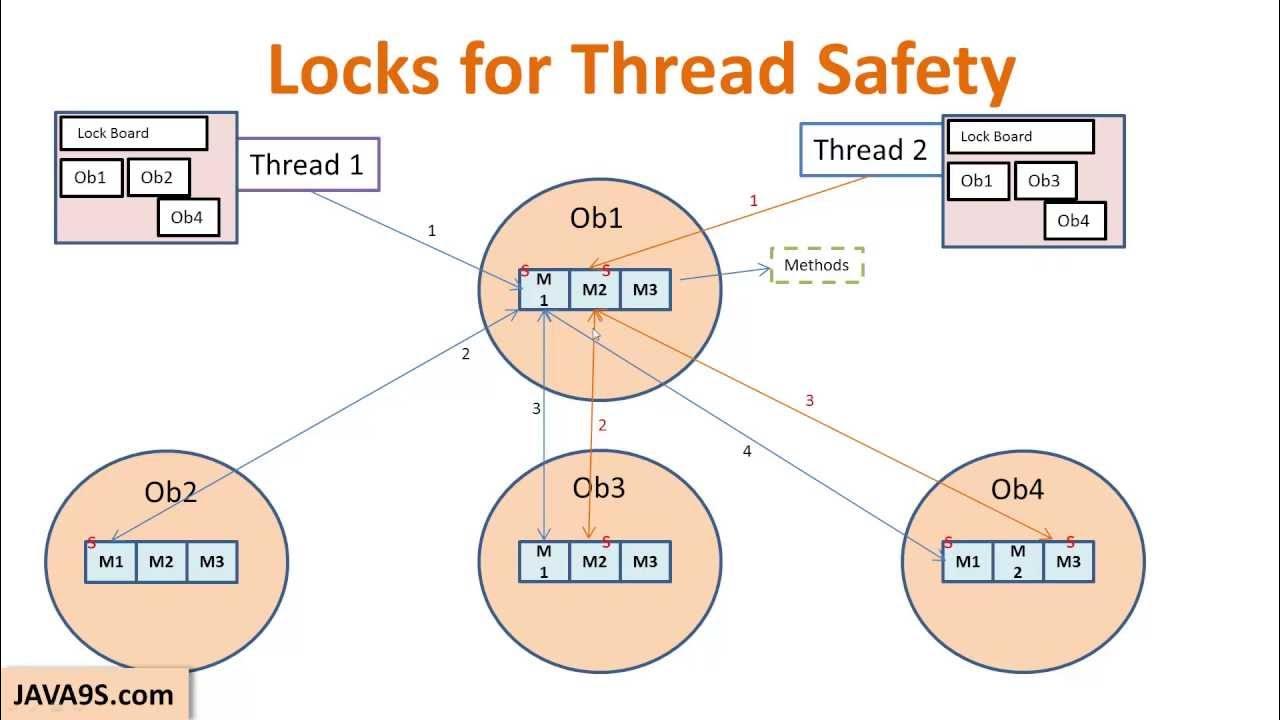
I'd be happy to help you with that!
Java provides a way to create multithreaded applications safely, which is known as "thread-safe" programming. To achieve this, Java uses various mechanisms and best practices to ensure that the code is accessed by multiple threads simultaneously without causing any issues.
Here are some reasons why thread-safety is crucial in Java:
Concurrency: Modern computers have multiple cores or processors, allowing them to execute multiple threads concurrently. This means that multiple threads can access the same data structure at the same time, which can lead to conflicts if not handled properly. Shared Resources: When multiple threads share resources like memory, files, or databases, it's essential to ensure that these resources are accessed safely and correctly to avoid data corruption or loss. Atomicity: In a multithreaded environment, atomic operations are crucial. This means that certain actions should be executed as a single, indivisible unit of work (e.g., updating a shared counter).To achieve thread-safety in Java, you can use various techniques and constructs:
Synchronized Methods: By using thesynchronized keyword, you can ensure that only one thread can access a particular method at any given time. Locks: Java provides three types of locks: ReentrantLock, Lock, and Semaphore. These can be used to control access to shared resources, ensuring that multiple threads don't interfere with each other. Immutable Objects: Creating immutable objects ensures that once an object is created, its state cannot be changed by another thread. Thread-Safe Data Structures: Java provides various thread-safe data structures like CopyOnWriteArrayList, ConcurrentHashMap, and BlockingQueue. These help you build concurrent applications without worrying about thread-safety issues. volatile Keyword: Using the volatile keyword on a field ensures that changes made by one thread are visible to other threads.
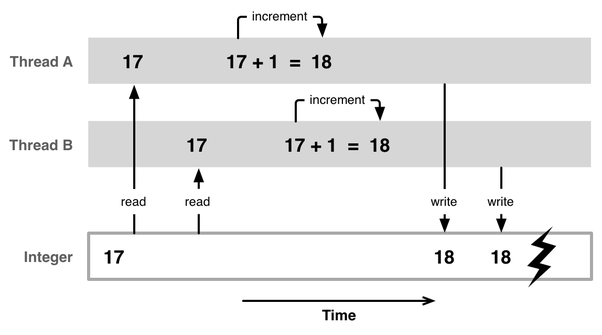
AtomicInteger, AtomicLong, and AtomicReference. These allow you to update shared variables in a thread-safe manner.
Best practices for thread-safety in Java include:
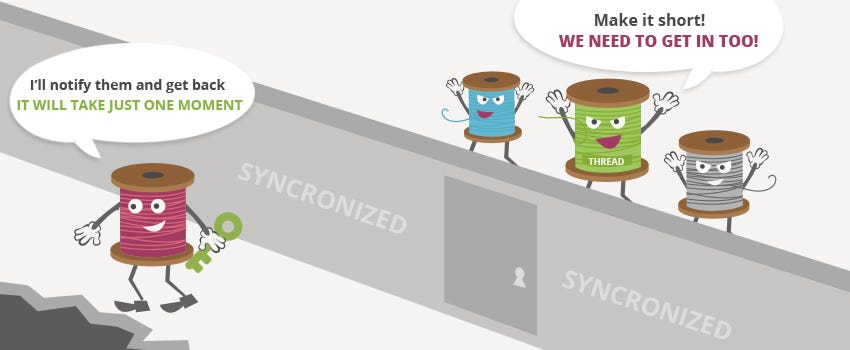
In conclusion, thread-safety in Java is crucial for building robust and scalable multithreaded applications. By understanding the various techniques and best practices available, you can create high-performance applications that can efficiently handle concurrent execution without compromising integrity.
